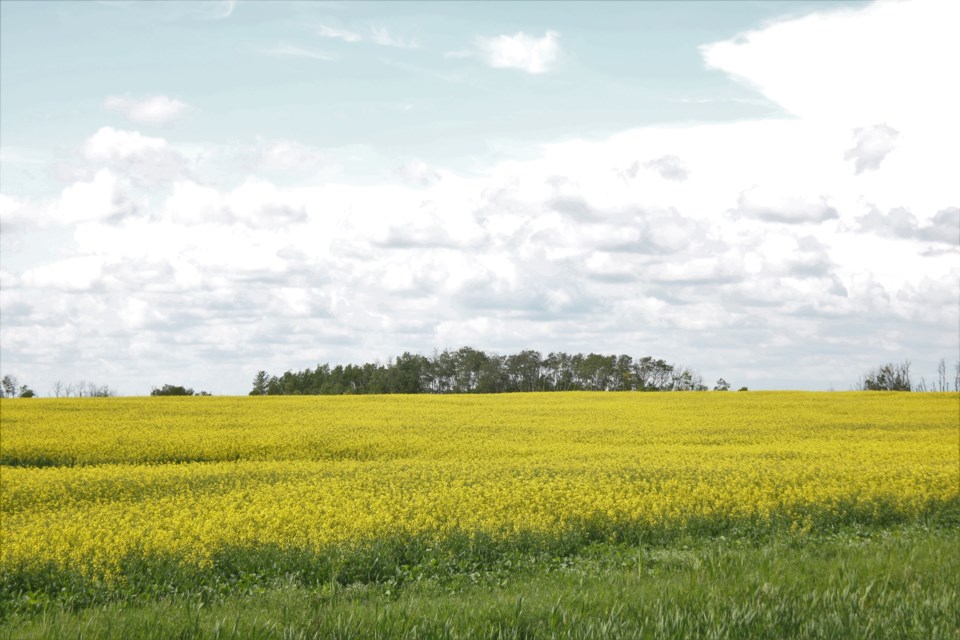Despite the COVID-19 pandemic killing oil prices and grinding most of Saskatchewan’s economy to a halt through March and April, its impact on the agriculture sector is more of an economic blip, showing a “mixed bag” of price gains and losses, according to economist Chuck Penner.
On a macro level, “when you look at prices over the last 10 to 20 years ... we've actually seen much larger price swings than what we've seen as a result of this COVID situation,” he said from Winnipeg.
Penner heads up LeftField Commodity Research, which keeps a weekly watch on crop prices in western Canada. “He watches individual grain elevator counts,” University of Manitoba agriculture economics professor Derek Brewin said of Penner’s diligence.
He’s been in the industry just shy of 30 years.
The three-month window during which the coronavirus spread across western Canada (March through May), shows variable impacts on commodity prices, Penner said.
“The grain, oil seed and special crop sectors have performed significantly better than other parts of the agricultural economy; the hogs and the cattle, the fruits and the vegetables — those commodities have been much more severely affected.”
The Saskatchewan government’s AGR Market Trends data supports that.
As of May 20, the data showed canola priced at $422.59 per tonne; on May 20, 2019, the crop was priced at $417.30. Oats and flax saw annual gains of $27 and $78, respectively.
Penner cautioned attributing such changes solely to the pandemic is difficult, because it ignores other behaviours and trends happening before COVID-19 took over the world.
“Like durum wheat, we had lower production last year in Europe and in the U.S. In north Africa we had drought, which is not a pandemic effect,” Penner said.
Increased global demand for peas and lentils, however, did experience its own version of a Costco-toilet-paper surge.
There was “significant uptick in buying by countries in south Asia and the Middle East and north Africa,” he said. “All of a sudden we're seeing people wanted to stockpile those particular (commodities), because they're food staples in a number of those countries.
“Once they saw other people buying them and the prices started to rise, it triggered some nervous buying.”
The Saskatchewan grain data shows five different lentil types all had one-year price gains from May 20, 2019 to May 20 this year, measured in per-one-hundred-pound units (CWT). The greatest gain was $10.79 for small green lentils.
Looking ahead to June, July and August, Penner said “the COVID issue is actually starting to fade into the background.”
As economies gradually reopen, he predicts investors and traders will start “just looking at the regular supply-and-demand effects that we typically look at.”
As Penner acknowledged, livestock prices tell a different story.
Cows graded at D1 and D2 muscle and fat quality sold for $25 less per 100 pounds (CWT) on May 21 than they did one year ago.
Feeder steers in the 700- to 800-pound weight class are selling for $3.08 less per 100 pounds this year, too.
Cattle in the same categories in Alberta, Nebraska and Â鶹´«Ă˝AV Dakota are also seeing one-year CWT price drops.




